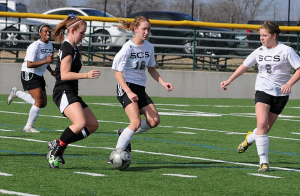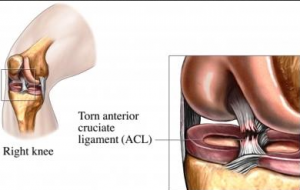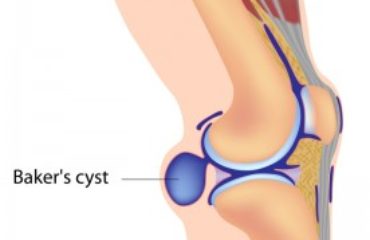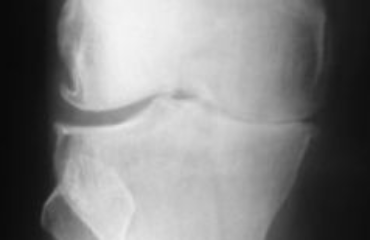Anterior Cruciate Ligament or ACL reconstruction surgery involves replacement of torn ligament from the knee with a tendon graft, taken from other part of the body or a cadaver. ACL injury is fairly common in people playing high impact sports and more than half of the cases are required to undergo an ACL reconstructive surgery.
The chances of an injury happening to the ACL of a person within 12 months of an ACL reconstruction surgery is 15 times higher than ACL of a person who has never had any injury to the ACL. Studies have shown that injury to the same or other knee, within 2 years of an ACL reconstruction, is six times higher in people who have undergone the surgery and returned to the sport.
Once a person returns to sports following ACL reconstruction surgery, they are under higher risk for repeated injury and hence greater precaution should be taken to prevent such injuries.
Second ACL Reconstruction
The success rate of ACL reconstruction surgery is usually very high; however, some patients are not satisfied with the surgery or re-injure the ligament when they return to sports or activity. According to estimates around 10% of primary ACL reconstruction surgeries fail within 10 years in United States alone.
Second ACL reconstruction surgery will be required in the following conditions:
– Failure of primary ACL reconstruction surgery
– Problems arising from primary surgery
– Recurrent instability after rehabilitation
– Other symptoms associated with primary surgery
Second ACL reconstruction surgery is also referred to as Revision ACL reconstruction, and usually involves repairing a torn ACL. This particular surgery is more critical and complex as compared to primary surgery. When a second ACL is planned, the following factors are taken into consideration:
– Condition of the knee
– Stability of the knee
– Desired activity level
– Findings received from imaging procedures
Sometimes, when there is no or manageable instability in the knee and the person does not intend to go back to active sports, they might choose not to have a secondary ACL surgery. The rehabilitation process following a second ACL reconstruction surgery is longer as compared to the one after primary surgery.
When opting for a second ACL reconstruction surgery, the patient should get answers for the following questions from the doctor:
– Why has the primary surgery failed?
– What will happen if the patient does not opt to undergo a second ACL surgery?
– Are there any other injuries to the knee, which can impact the outcome of the revision surgery?
– How long will the recovery and rehabilitation process last?
– What are the risks involved in the second ACL surgery?
– What precautions should be taken to prevent re-injury of the knee?
Second ACL reconstruction surgery can be avoided by taking simple steps like:
– Performing certain exercises, which help in increasing the strength and balance of the operated knee
– Avoid playing impact or high intensity sports
– Getting involved in activities such as swimming, jogging and cycling in which risk of ACL injury is low
If you or a loved one has suffered a knee injury and would like to explore your options, call Phoenix Shoulder and Knee. Most insurance is accepted, and Dr. Farber is a Board Certified, Fellowship Trained orthopedic surgeon in Phoenix and Scottsdale. Call (480) 219-3342 today!
References:
http://hss.edu/onthemove/revision-acl-reconstruction/#.VMn-5UeUd9A
http://www.aaos.org/news/aaosnow/aug13/clinical1.asp




